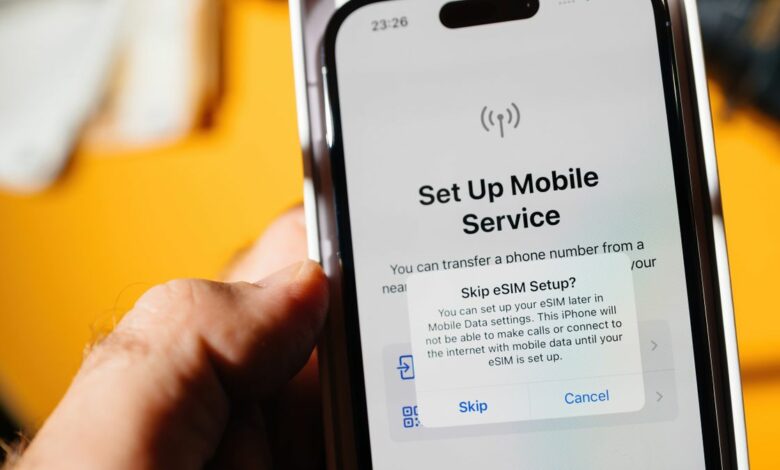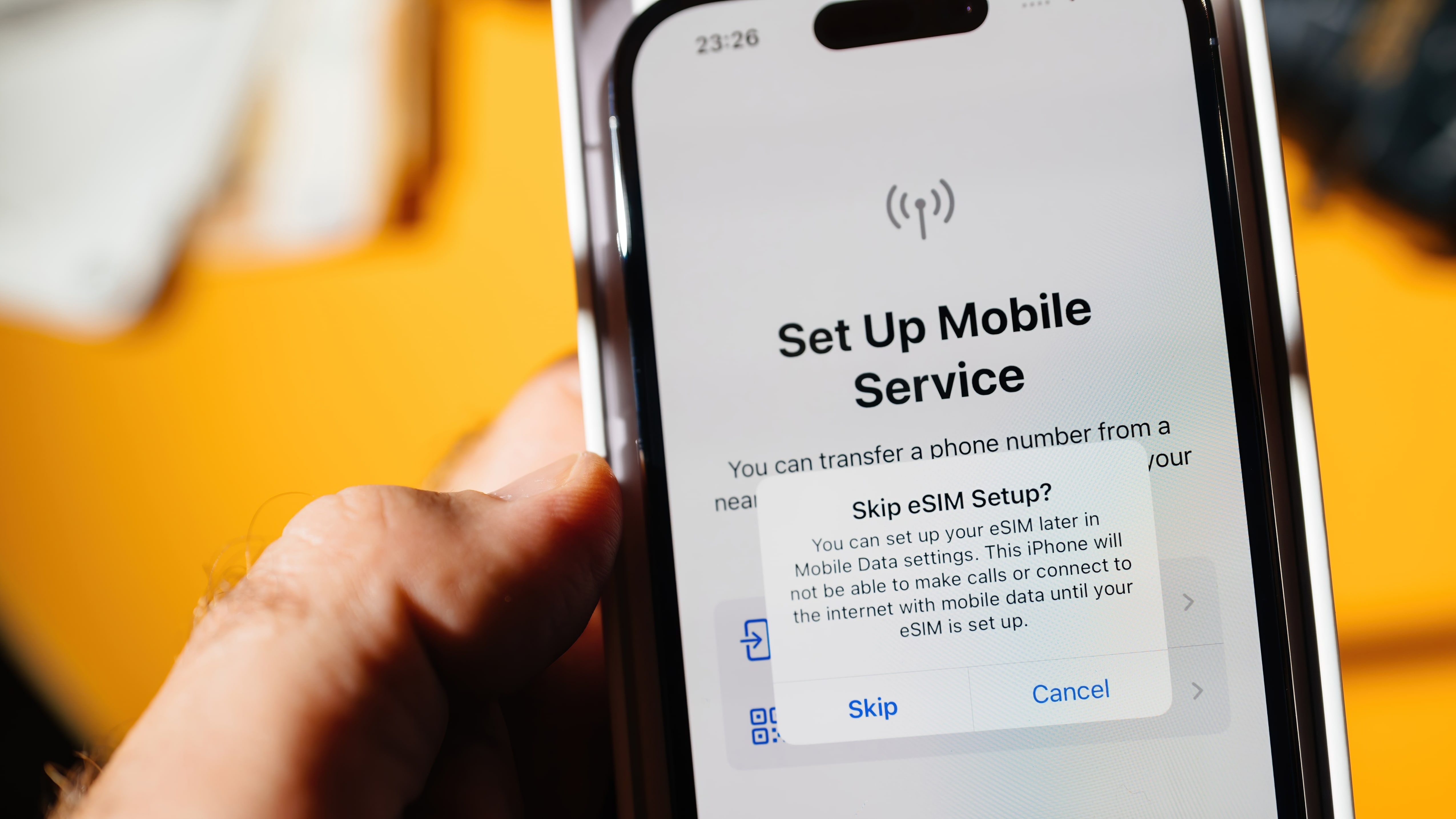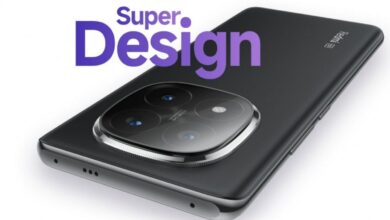How Businesses and Employees Can Win with eSIMs


It’s been eight years since eSIMs hit the consumer market, but according to a recent YouGov survey, a staggering 60 percent of British adults have never heard of them. Even among those who have, many don’t fully understand what they are or how they work (14 percent of both), meaning a huge chunk of the UK population is missing out on the benefits they offer.
Simply put, an eSIM is an “embedded” or virtual SIM. It replaces the need for a traditional plastic SIM card, as it’s already built right into users’ devices. Like many digital upgrades to previously analog systems (think MP3 players or eBooks), the eSIM is a much simpler and more convenient alternative to its traditional, but outdated, predecessor.
There are five key ways that users and businesses can benefit from embracing eSIMs that are often overlooked. While not having to deal with a small piece of plastic is the most obvious benefit, much more value could be gained if users and business leaders knew how to get the most out of the technology.
Multiple lines on one phone
The days of having to carry a work and personal phone are over. Businesses that equip their teams with eSIMs don’t have to purchase dedicated work devices or charge their staff the cost, instead simply covering their employees’ data plans. And with their personal phone as their work contact, not only can they better communicate with colleagues, they also have more freedom to customize their device to their work preferences, because it’s the phone they’re most familiar with.
Apple has for some time now allowed iPhone users to set multiple “focus” modes, depending on the types of notifications they want to receive. Combined with a work-provided eSIM, workers can endlessly customize the types of notifications they see on the go, without having to carry multiple phones.
When traveling abroad on business, eSIMs save travelers the hassle of swapping SIM cards upon arrival and wasting valuable time. Before their flight even takes off, they can purchase and activate a local phone number for their destination so they can be contacted as soon as their plane lands.
Enhanced security
eSIMs are less vulnerable to security breaches than traditional SIMs because they can be disabled remotely. This provides consumers and businesses with an extra layer of protection if a device they own falls into the wrong hands. Because eSIMs cannot be physically removed, the chance of a SIM swap attack is significantly reduced.
In a corporate landscape where data is gold dust, businesses cannot afford the financial and reputational damage that can be caused by cybercriminals. Device-based credentials are becoming increasingly popular, and gaining control of someone’s phone number is the easiest way to bypass 2-factor authentication. Remotely disabling an employee’s work eSIM puts the kill switch squarely in the hands of IT, the unit best placed to mitigate security risks.
Multi-device connectivity
eSIMs are incredibly flexible: they can be used not just in phones, but in other devices as well. With eSIMs, employees can store multiple profiles on devices like smartwatches and tablets, all with independent phone and internet access.
A graphic designer could use their tablet as their full work setup, able to connect with colleagues and access shared documents no matter where they are. And as enterprises explore the possibilities of spatial computing and VR for workers, eSIMs can help them break free from the computers many still rely on to function. It’s a future-proof move that leaders can make by getting comfortable with the technology before wearable computers become mainstream.
Global flexibility
eSIMs are revolutionizing business travel by providing an easier, more cost-effective way to stay connected abroad. Signing up for a local data plan upon arrival may not be a new way to avoid expensive roaming charges, but eSIMs mean travelers no longer have to juggle multiple physical SIM cards or wait for a specific travel card to arrive in the post.
What’s more, employees can keep their landline number for calls, while using cheap local data for messaging and internet access. And since businesses are typically responsible for covering employee travel costs, eSIMs help prevent them from being hit with high roaming charges when employees return. Our research found that travellers who were hit with unexpected roaming charges paid an average of £118 on top of their normal bills – a nasty shock for any finance team.
Compared to plastic SIM cards, eSIMs emit 46% less CO2 over their entire lifecycle (LINK 1). Physical SIMs require materials and energy to produce, generate emissions during transportation, and ultimately need to be properly disposed of once they are discarded. And that’s without even mentioning the energy required to produce and recycle the plastic casing that we all extracted physical SIMs from.
Sustainability and the pursuit of net zero are on the agenda of most companies. Consumers, partners and suppliers are scrutinizing the green credentials of the companies they work with more than ever before. Eliminating SIM cards and reducing scattered work devices is a simple way to make a company more environmentally friendly without requiring employees to sacrifice anything (except the bulky work phones that most are happy to give up).
What are you waiting for?
The sooner employers adopt eSIMs, the sooner they can streamline their device networks, save costs, and make life easier for their employees. New technology often requires end users to go through a learning curve, but with eSIMs that is virtually non-existent.
Most modern smartphones support the technology out of the box. Now it’s a matter of companies taking advantage of the not-so-new possibility.
We have highlighted the best smartphones for you.
This article was produced as part of TechRadarPro’s Expert Insights channel, where we showcase the best and brightest minds in the technology sector today. The views expressed here are those of the author and do not necessarily represent those of TechRadarPro or Future plc. If you’re interested in contributing, you can read more here:




